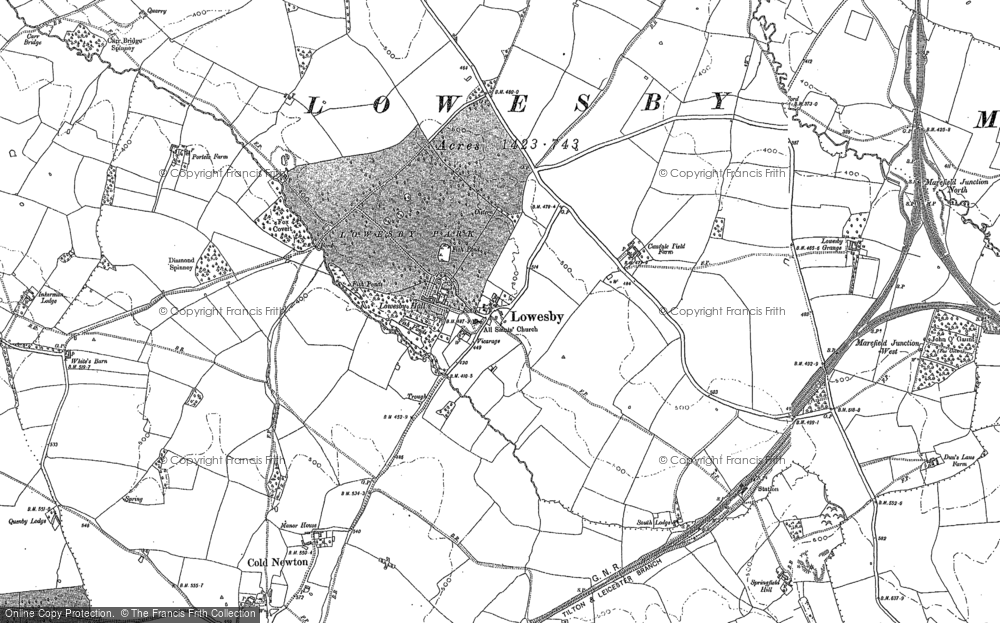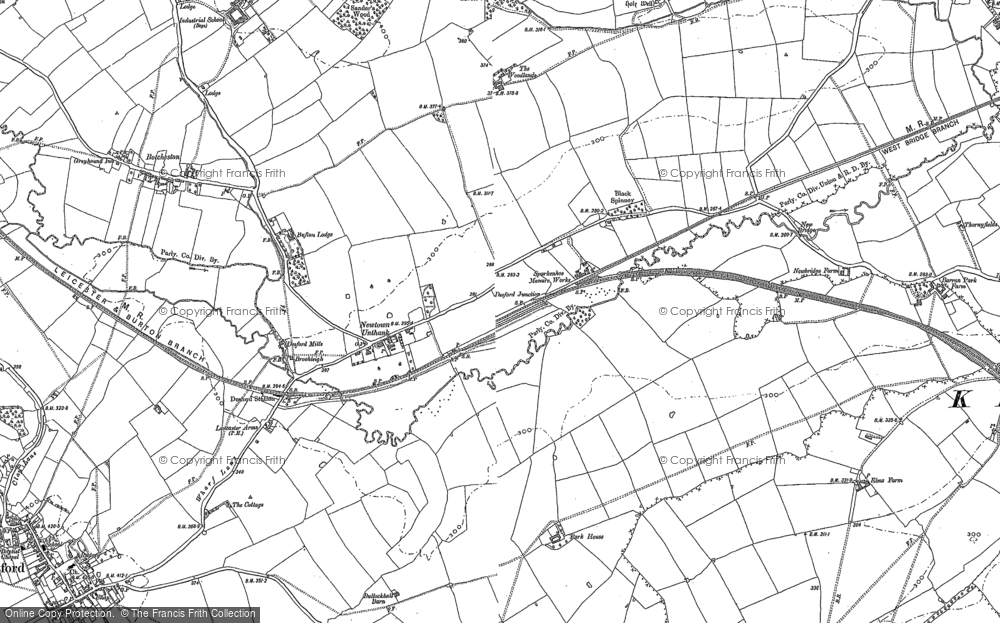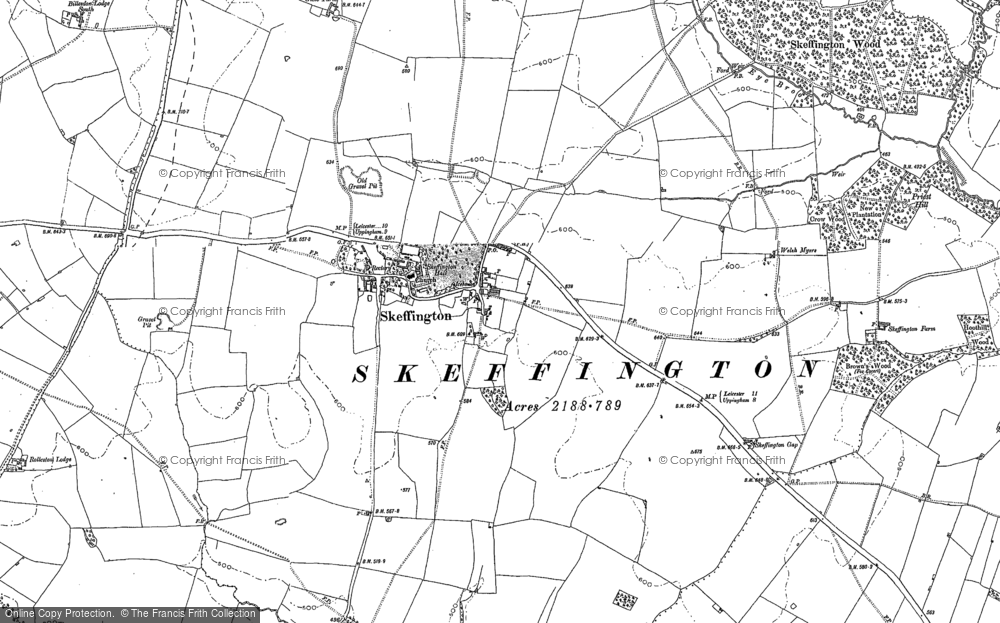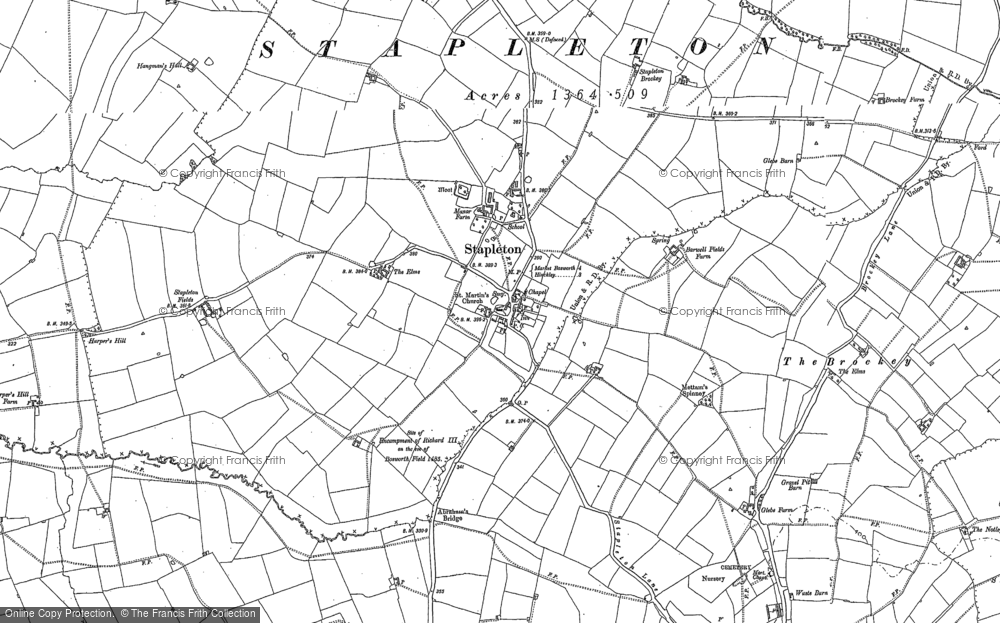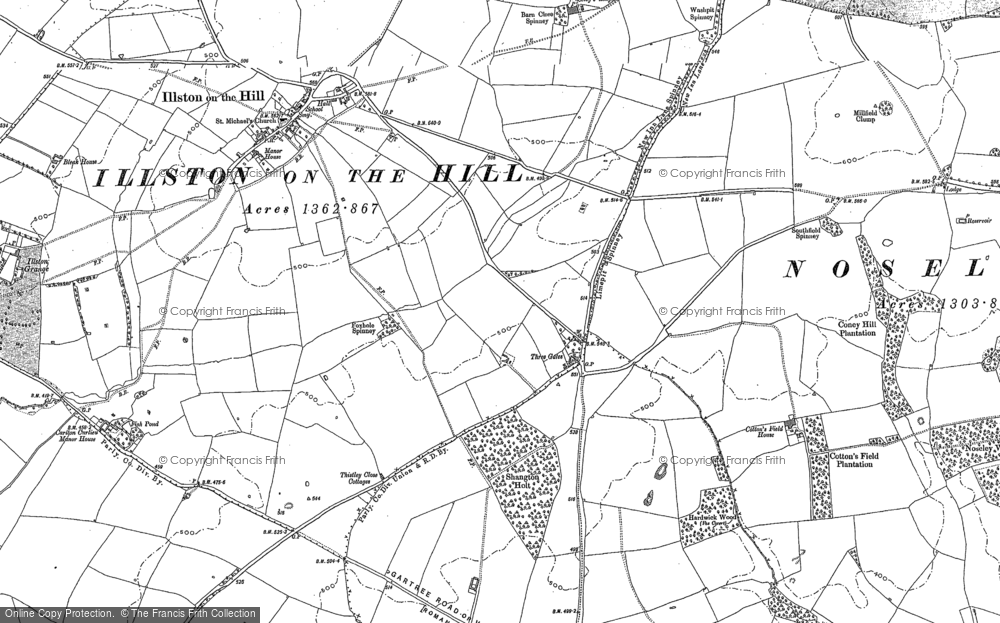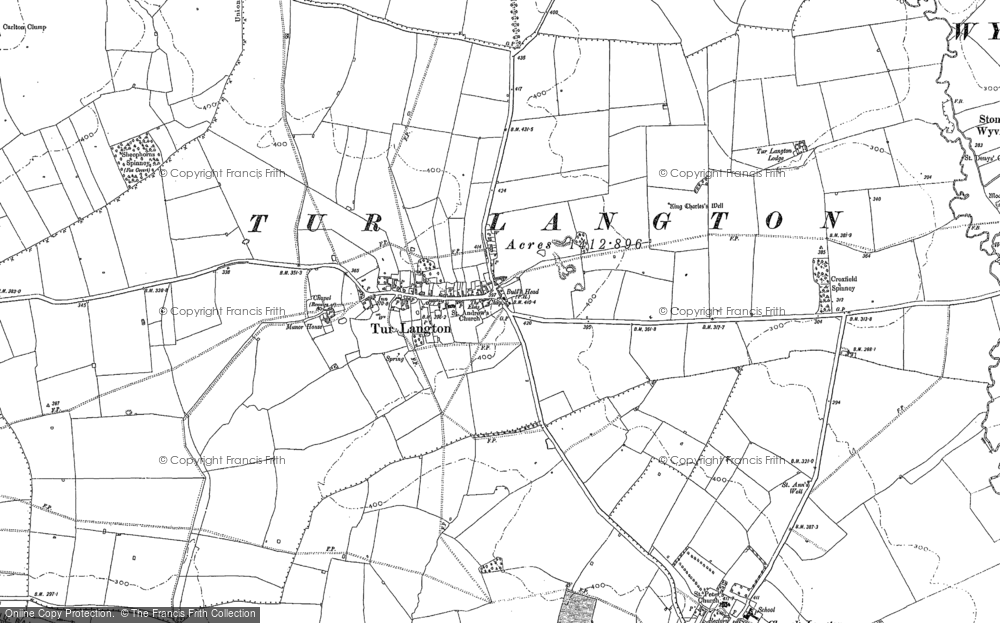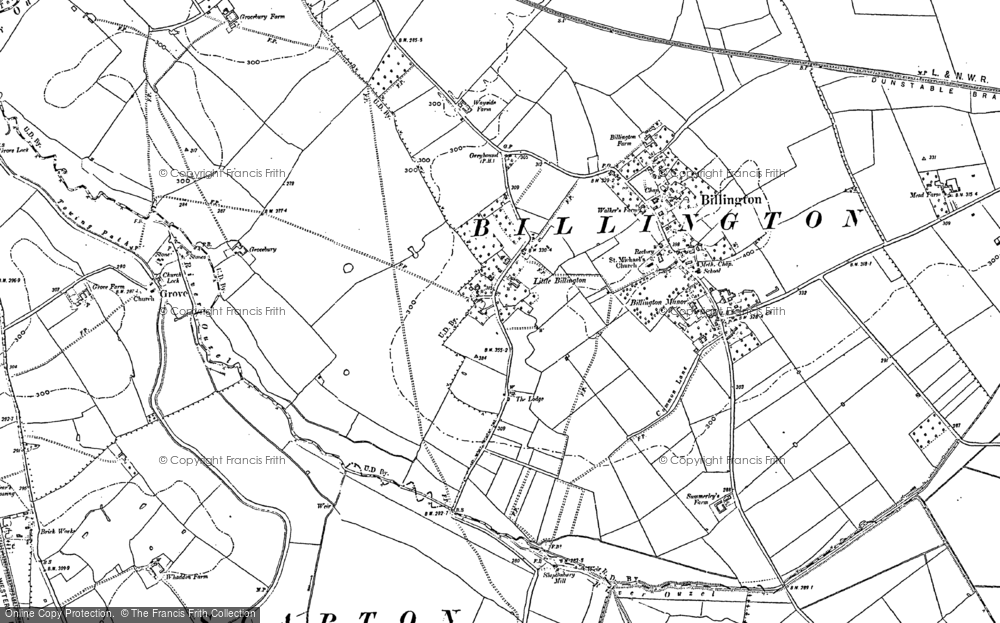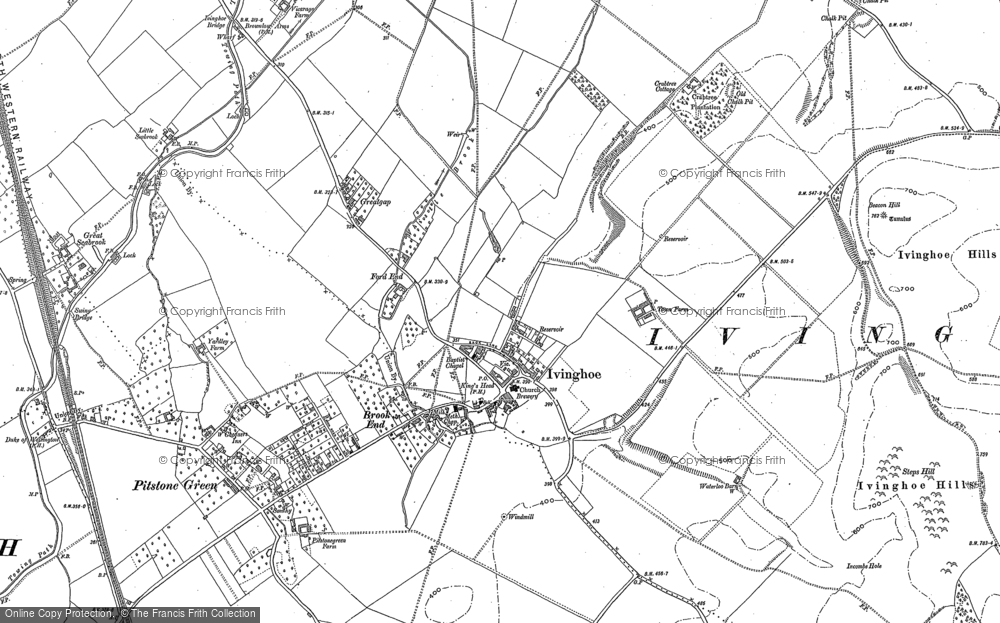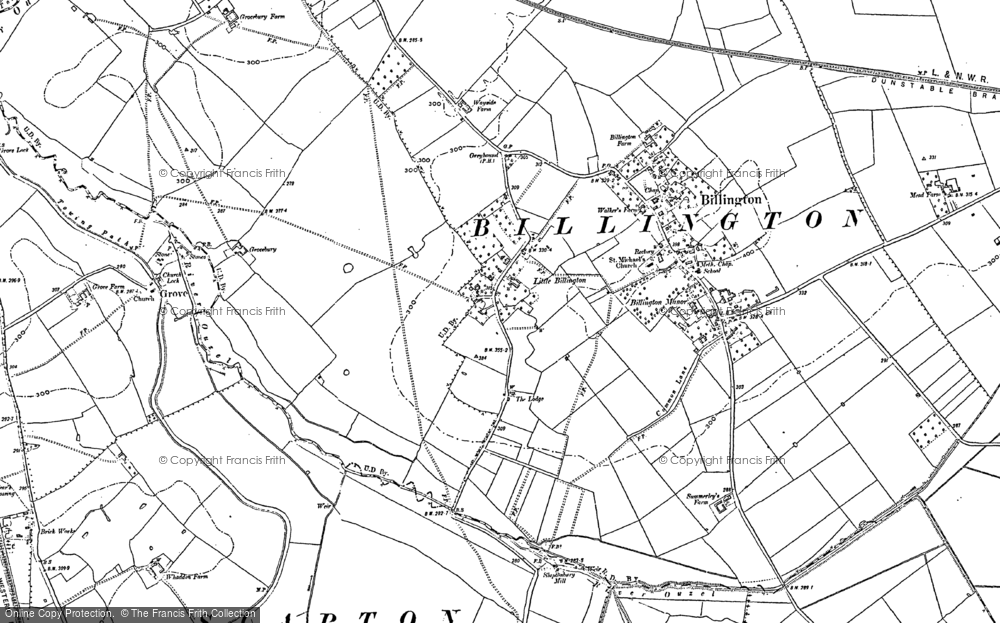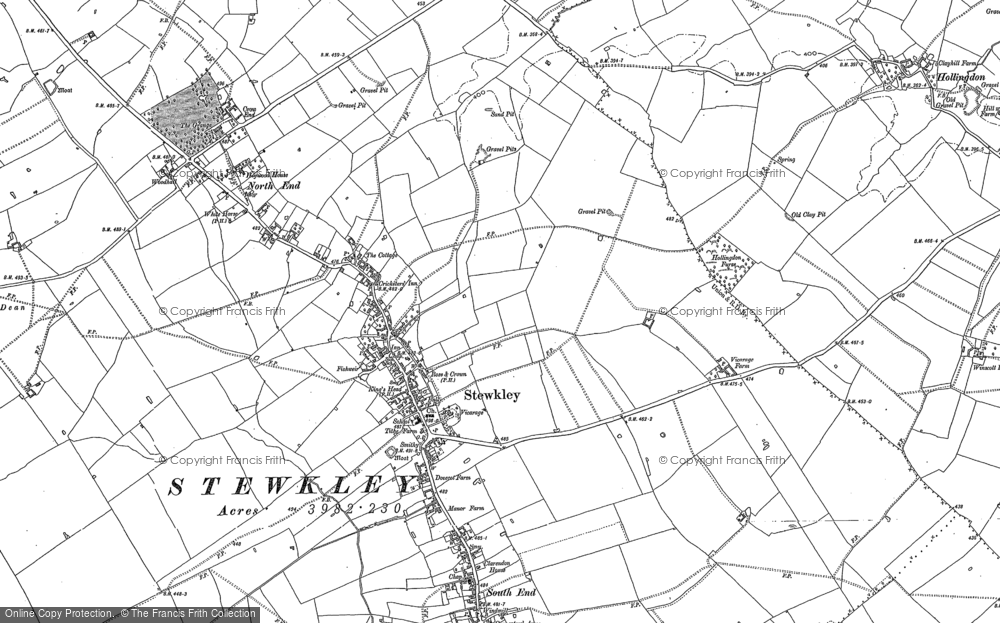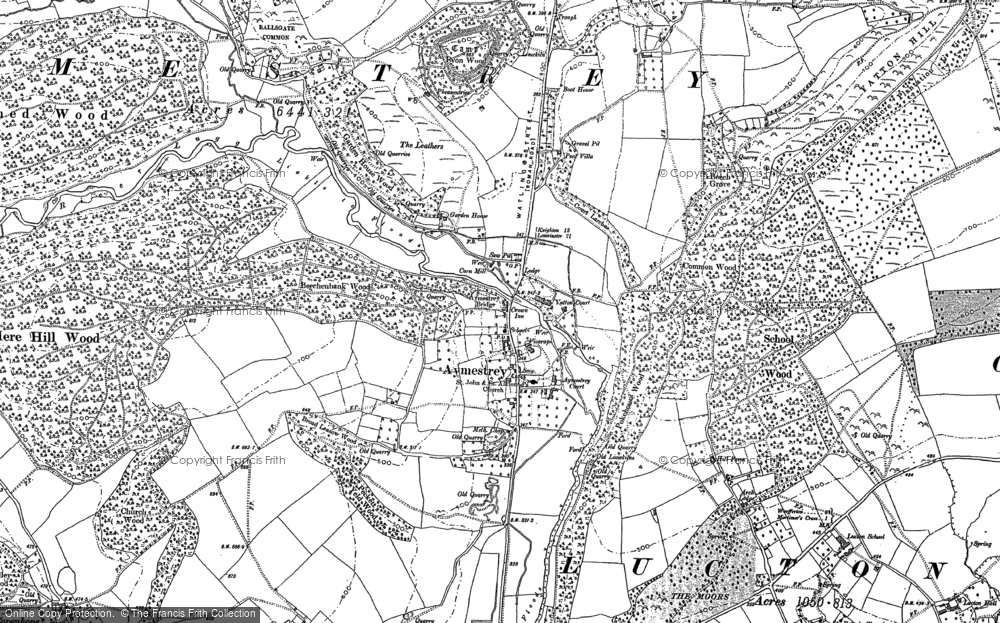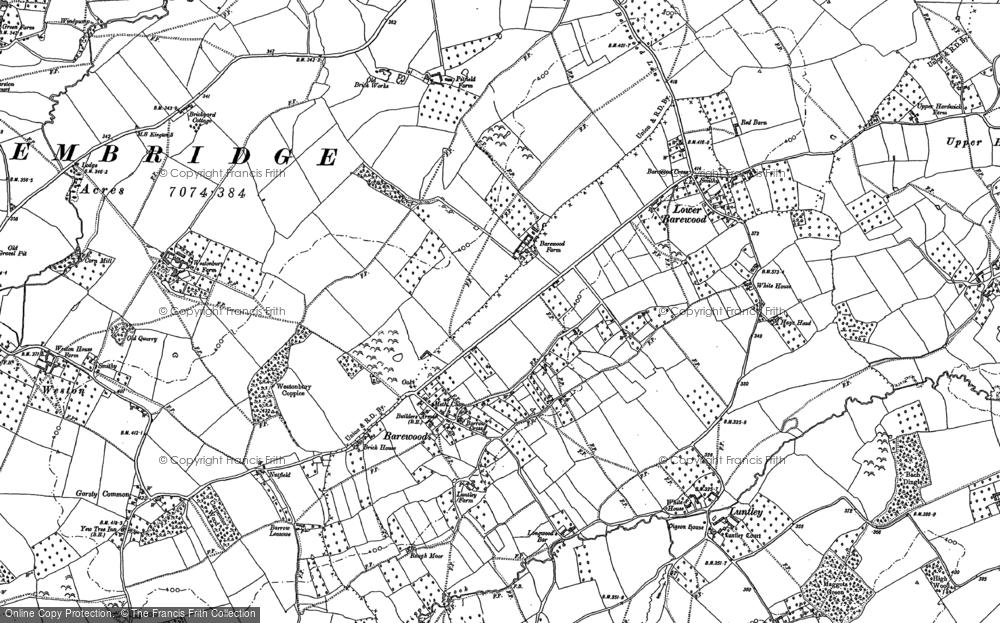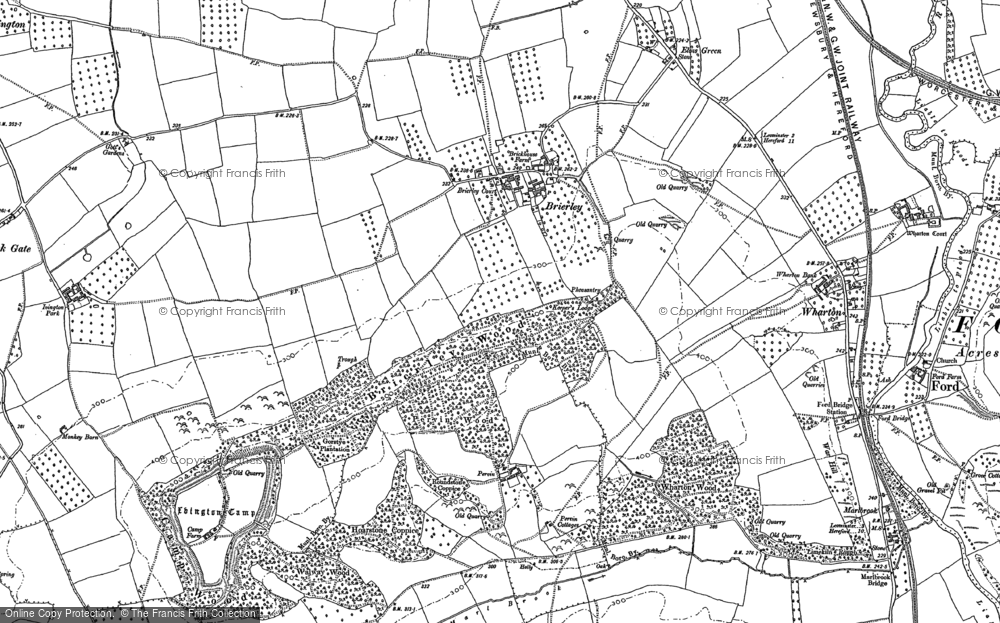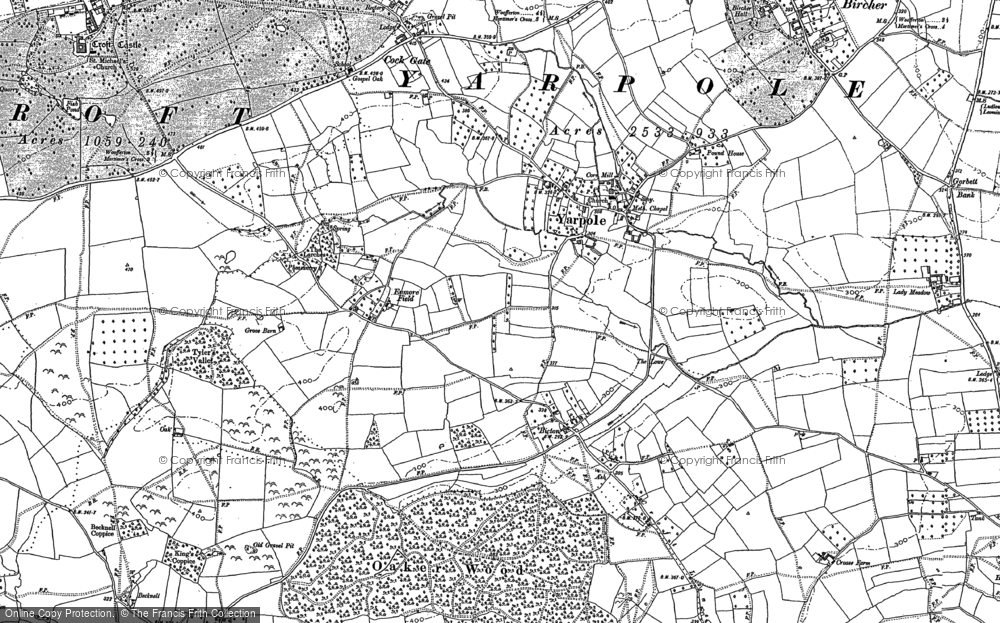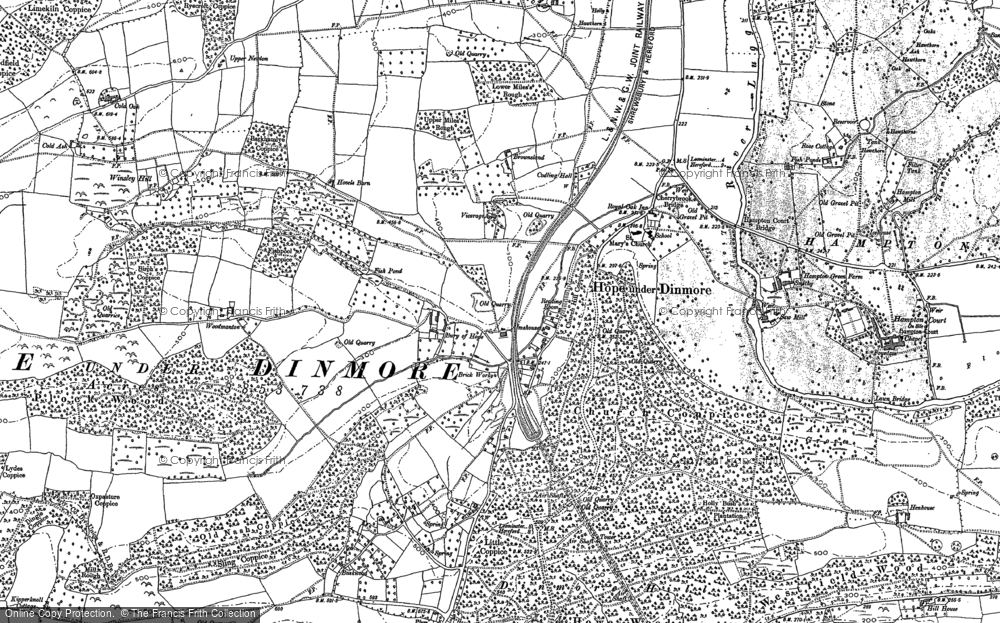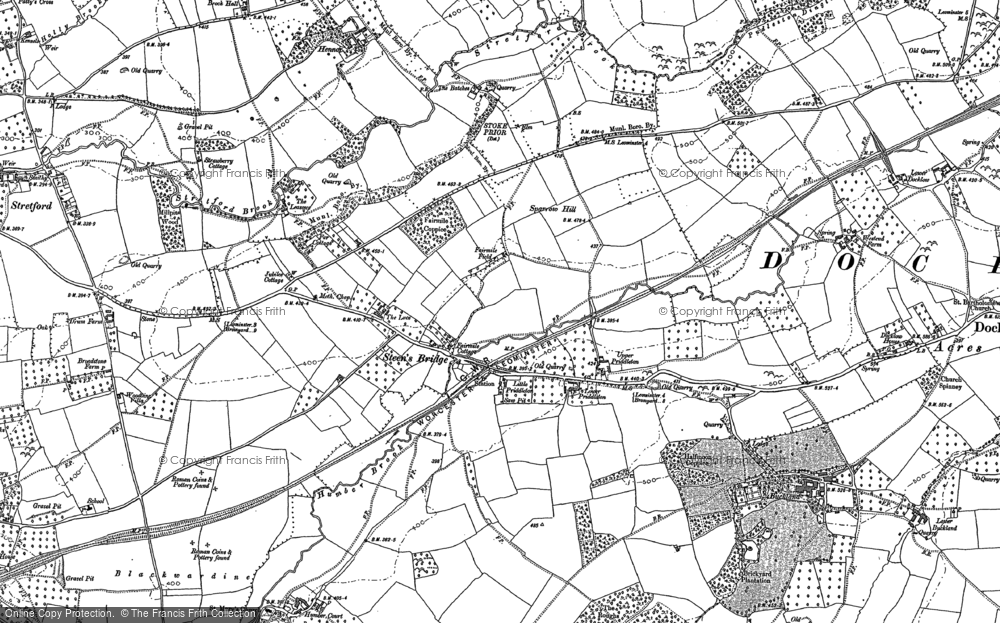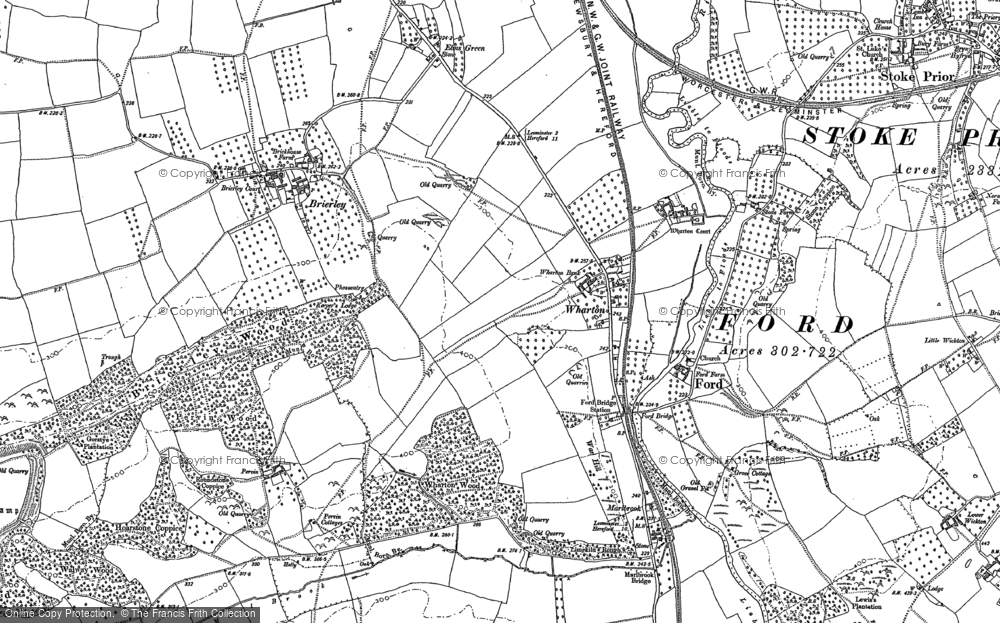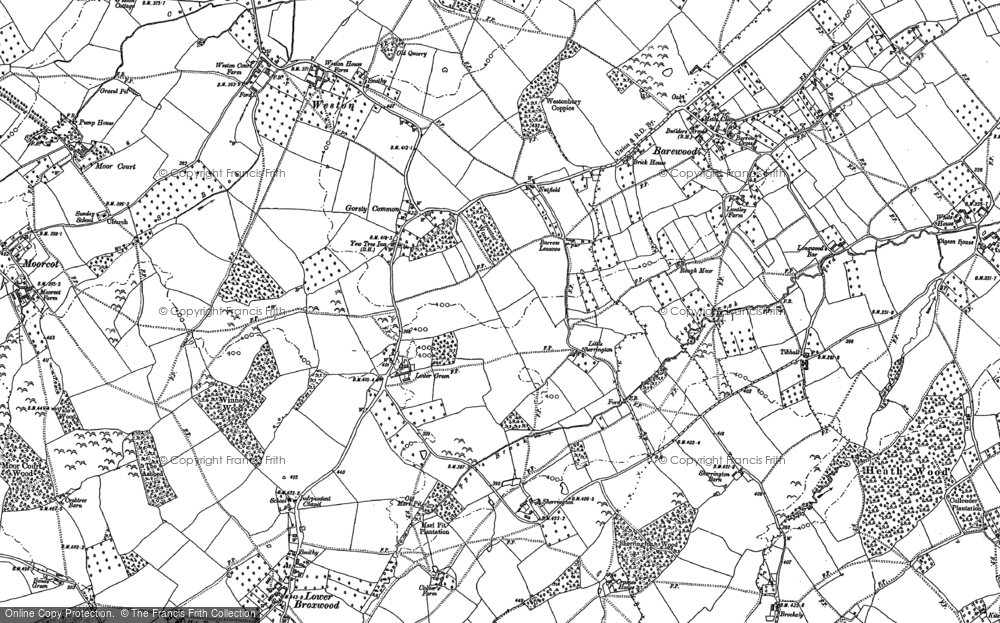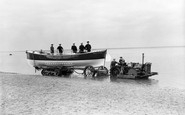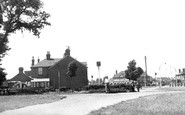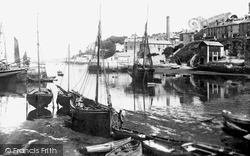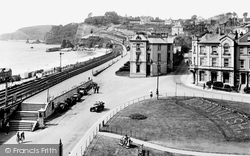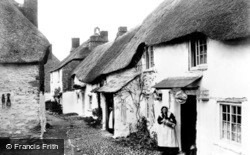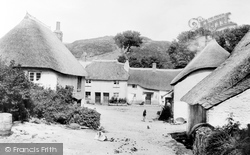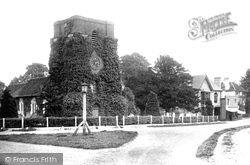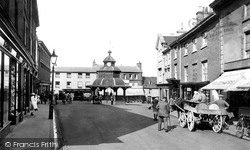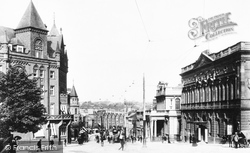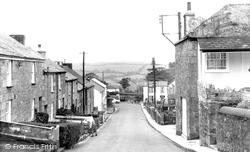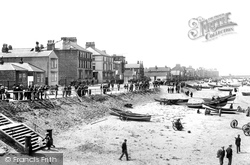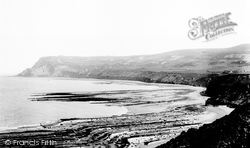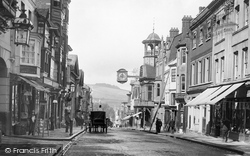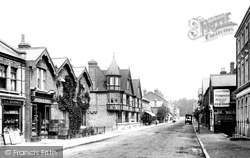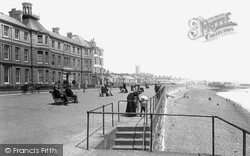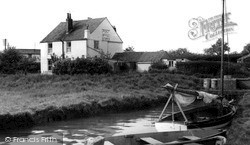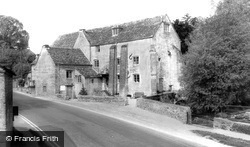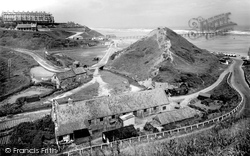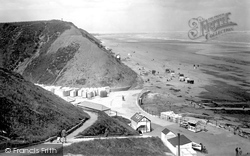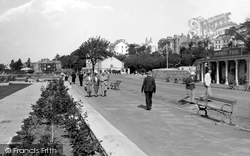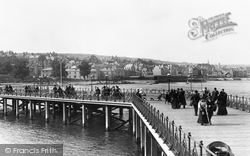Places
36 places found.
Those places high-lighted have photos. All locations may have maps, books and memories.
- Shanklin, Isle of Wight
- Ventnor, Isle of Wight
- Ryde, Isle of Wight
- Cowes, Isle of Wight
- Sandown, Isle of Wight
- Port of Ness, Western Isles
- London, Greater London
- Cambridge, Cambridgeshire
- Dublin, Republic of Ireland
- Killarney, Republic of Ireland
- Douglas, Isle of Man
- Plymouth, Devon
- Newport, Isle of Wight
- Southwold, Suffolk
- Bristol, Avon
- Lowestoft, Suffolk
- Cromer, Norfolk
- Edinburgh, Lothian
- Maldon, Essex
- Clacton-On-Sea, Essex
- Norwich, Norfolk
- Felixstowe, Suffolk
- Hitchin, Hertfordshire
- Stevenage, Hertfordshire
- Colchester, Essex
- Nottingham, Nottinghamshire
- Bedford, Bedfordshire
- Bury St Edmunds, Suffolk
- Aldeburgh, Suffolk
- St Albans, Hertfordshire
- Hunstanton, Norfolk
- Chelmsford, Essex
- Bishop's Stortford, Hertfordshire
- Peterborough, Cambridgeshire
- Brentwood, Essex
- Glengarriff, Republic of Ireland
Photos
9,106 photos found. Showing results 19,361 to 9,106.
Maps
181,006 maps found.
Books
11 books found. Showing results 23,233 to 11.
Memories
29,049 memories found. Showing results 9,681 to 9,690.
Rob Hardy
I was born in the County Hospital in Haverfordwest and for the first week I was looked after by my aunt at Park Place. From that time, I was riased and loved at the Bush Inn, St George St. Does that make me a Tenby Man or a man of Tenby? I ...Read more
A memory of Tenby in 1963 by
School Life
I attended Edmund Campion School, Stafford Road, Toll Bar coming from St Austins at Tatty Heath two great schools. Gerry Landers, Eddy Camp, Billy Fildes, Totty Wallace and co, I was part of the school choir and we were chosen to sing ...Read more
A memory of Haydock in 1968 by
Tottenham Earlsmead School
I lived in Colsterworth Road,Tottenham between 1948-58 and went to Earlsmead School. So many memories; Palace, Bruce Grove and Florida cinemas where we saw Snow White, sat in the circle and it really scared me! The ...Read more
A memory of Edmonton in 1956 by
Loggerheads/And Colomendy
I remember going to both of these places with Tiber Street School. We went on a double decker green bus, I sat upstairs on the front seat with my mates counting how much pocket money we had for the week. Most of them ...Read more
A memory of Loggerheads in 1956 by
Wells Lifeboat Wwii Years
The coxswain of the lifeboat is the tall, erect Dane, Theodore Neilsen (stood at the stern of the boat). My father, Alf Powditch, was the engineer and is sat on the tractor.Theodore (Ted for short) fished for ...Read more
A memory of Wells-Next-The-Sea by
Middi Baths
I started to work at Middi baths in 75 as a lifeguard. It was an old run down building but still had a lot of character, the pool was 33ft by 10ft and 10ft deep at the deep end. It wasn't just a pool because on days past, ...Read more
A memory of Middleton by
More Shop Names
I hope these names may jog a few memories. Some of the names of the shops in the parade of shops are: Lavina's Hairdressers Irene's Hardware store Haylets Tobacconist & Sweet shop Ackermans, the Bakers Forbouys or ...Read more
A memory of Chelsfield in 1965
Happy Days
I can remember swimming here as a child. It was very beautiful and tranquil. It was also unique. I have tried to explain to my daughter what it was like and found your picture on the web site. It is sad also to see photos of it in a ...Read more
A memory of Hayfield in 1958
Nanny Goat Common
I REMEMBER 'TINY' WAKEFIELD IN THE 1950s WHO LIVED & RAN A SCRAP METAL & RAG & BONE BUSINESS A THE REAR OF NANNY GOAT COMMON
A memory of Dagenham by
An American Remembers St.Loy's Road In Tottenham.
Hello everyone. My name is James Wilkinson. I came from Zurich to live in London in the mid 80's. I rented a room from my flatmate, Elaine Livesy, who worked with BTT in St.Paul. I cannot even ...Read more
A memory of Tottenham by
Your search returned a large number of results. Please try to refine your search further.
Captions
29,158 captions found. Showing results 23,233 to 23,256.
Thus the mansions, built earlier, were not ruined and much of the town remains old-fashioned, untouched by modern development.
Brixham enjoyed a prosperity rarely seen during the hard times of Victorian England.
Dawlish began as two discrete hamlets, one inland by the parish church and another on the seashore, but quickly grew as the first visitors arrived to holiday in the late 18th century.
Hope Cove was a simple fishing village cut off from the world until it was 'discovered' in the 20th century.
A place familiar to all train travellers through Devon, Dawlish nestles across the sides of a broad combe, with the railway line protecting the town from the sea.
Hope Cove remains one of the few safe anchorages between the Yealm estuary and Salcombe, several miles to the east.
In its churchyard is the grave of the Victorian poet Matthew Arnold, with an epitaph which reads 'Awake, thou Lute and Harp - I will awake right early'.
The fine timber-framed Market Cross of 1602 replaced the 1549 one, which was destroyed along with more than 100 houses in a disastrous fire in 1600.
This busy prospect reveals the pleasing mix of architectural styles inevitable in any prosperous city. On the right is the old post office and the agricultural hall.
Constantine's fine terraces are built with granite dug from one of the many quarries nearby, which also furnished the stone for Waterloo Bridge.
The population in 1801 was 431, but this had dropped to 411 by the time of the 1811 census.
Apparently there was once a plan to develop Ravenscar into a resort that would rival Scarborough, but the scheme failed owing to the unstable geology of the area.
Over one hundred years' later, Guildown still closes this view, with the famous clock of 1683 jutting out from the Elizabethan Guildhall. The clock was made by London clockmaker John Aylward.
Camberley grew up at the gates of the Military Staff College which opened in 1862.
The long esplanade is one of Penzance's great assets; here we look towards the harbour area, with the lofty church tower as a prominent landmark.
The men standing at the door on the left are customers of the Lion Inn, which burned down on 8 November 1908 and was never rebuilt. The Congregational Chapel in the background was built in 1831.
The elevation of the house has been altered to include a balcony and an extension on the left side.
Though the present building is mostly 17th-century, a mill has existed on this site since Domesday.
The landlord of the Ship Inn situated in the old hamlet was John Andrews, who was notorious for his smuggling.
The little beach huts and tearooms look cosy enough sheltering under the cliff, but as the name implies it would be a different matter on the cliff top.
Beside Beach Villa with the Metropole just behind, the new cliff lift was in process of being constructed; it was eventually to make access to and from the beach much simpler.
The white building in the centre of the photograph is the Royal Beacon Hotel, and the hotel on the left, level with the flower beds, is the Channel View.
This is one of the more unusual piers: its 642ft-long neck does not go straight out to sea, but veers rightward. It was built in 1895-97, and was used widely by steamers.
The Chain Pier lasted from 1823 to 1896, falling victim to storms, neglect and a loss of business to the West Pier.
Places (6814)
Photos (9106)
Memories (29049)
Books (11)
Maps (181006)



